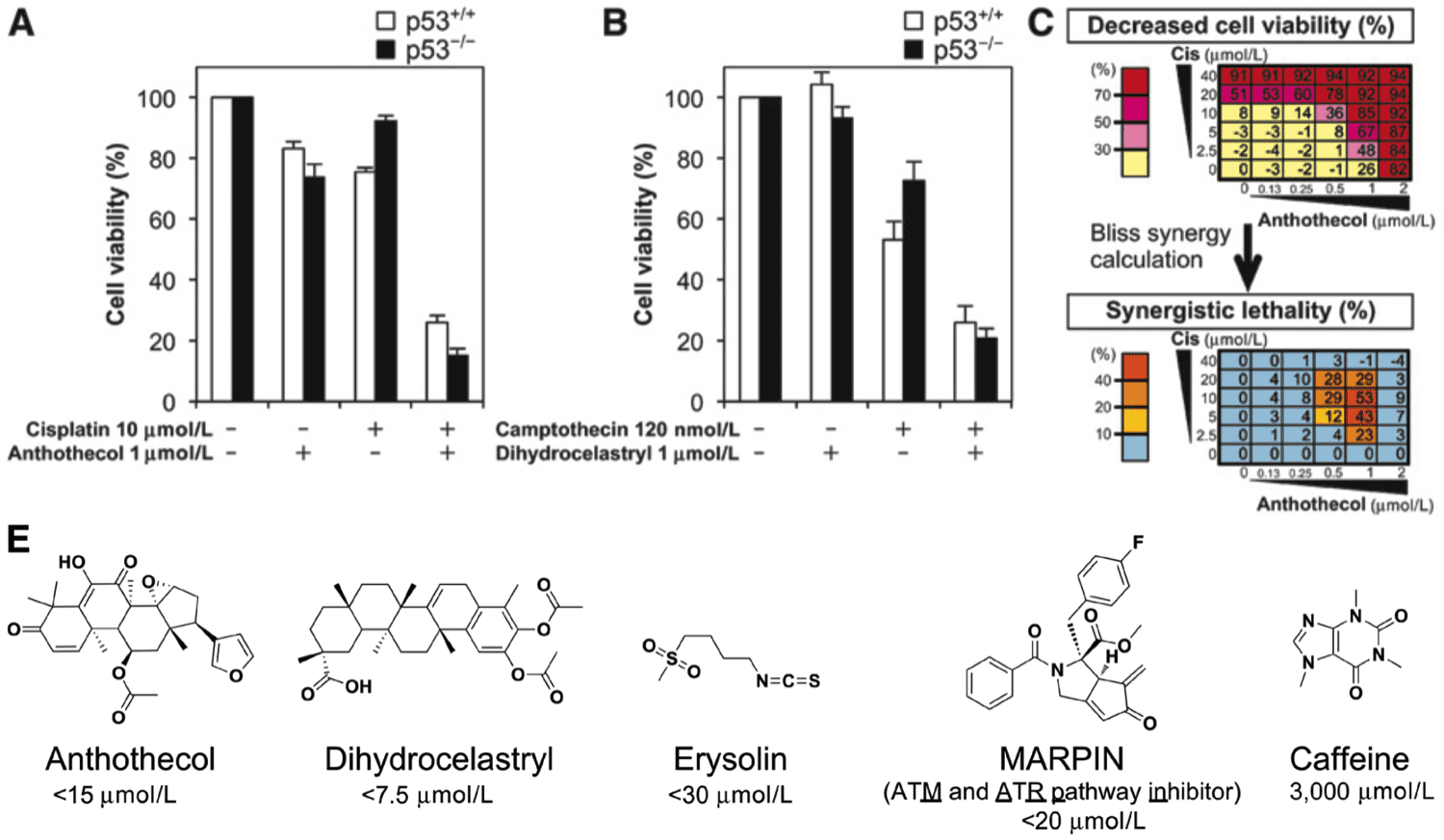Highlights Merkel cell carcinoma (MCC) is an aggressive cutaneous malignancy with a recurrence rate of…
Abstract
To develop a therapeutic intervention for Alzheimer’s disease (AD), it is necessary to clarify the mechanisms underlying the pathogenesis of AD, in which senile plaques, neurofibrillary tangles and neuronal loss in the cerebrum are the central abnormalities. A number of studies have focused on the major component of the senile plaques, which is amyloid-β (Aβ) and its precursor protein APP, and have investigated the roles of these molecules in the onset, progression and inhibition of AD. For multiple reasons, however, their roles in AD, especially in neuronal death, remain elusive and a unified concept for their roles has not yet been established. Recently, it has been found that APP functions normally as a neuronal surface transmembrane protein. In this article, we review the molecular mechanisms of neuronal cell death by these APP-relevant insults and discuss the functions of APP in regard to intracellular signal transducers, including c-Jun N-terminal kinase. We also revise the roles of Aβ in neuronal death and survival.


